To Maintain an RV, proper care and maintenance are essential to ensure your RV lasts for the long haul. RVs are complex vehicles with many systems that require regular upkeep and repair. Determining how hard it is to maintain your RV depends on the age, usage frequency, warranty coverage, DIY mechanical skills, and costs of professional service and storage. While RV maintenance does take time, effort and money, the tasks are very manageable with the right preparation and diligence.
How Hard to Maintain an RV? Owning a recreational vehicle comes with maintenance responsibilities to keep systems running safely and efficiently. Newer RVs under warranty only require basic upkeep, while older or highly-used models need closer monitoring and repair. Storage fees and professional service costs also factor in. With routine care, common sense repairs and learning DIY skills, RVs are no more difficult to maintain than a standard vehicle. Arm yourself with information to make RV maintenance a breeze.
Key Takeaways
- Perform walkarounds and systems checks before each trip to catch issues early
- Follow routine maintenance schedules for chassis, generator, appliances, roof and HVAC
- Learn DIY repair skills to reduce reliance on costly professional technicians
- Invest in quality covers and storage to prevent damage during idle periods
- Join RV consumer forums to connect with experts for maintenance tips and tricks
- Set a maintenance budget and fund for unexpected issues
- Take advantage of warranty coverage on new RVs to minimize costs
What Makes RV Maintenance Different than Standard Vehicles
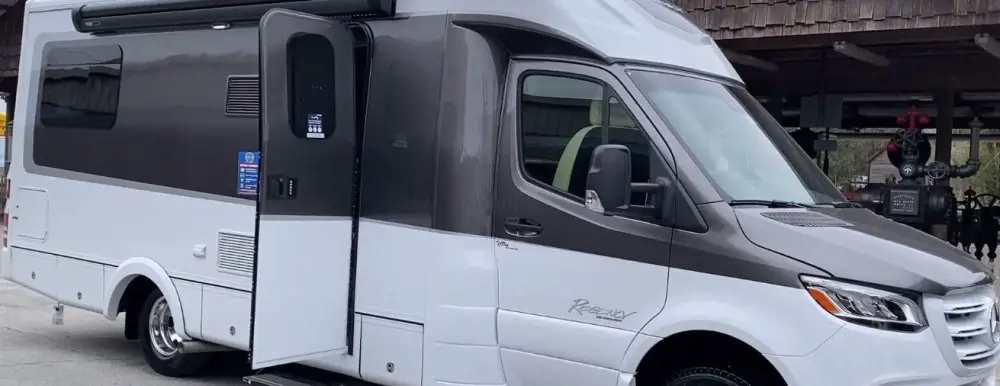
RVs share some maintenance items with trucks and cars, like engine oil changes, tire rotations, brake service, etc. But their unique construction adds supplemental maintenance considerations uncommon in other vehicles.
Multiple Systems
The living accommodations engineered into RVs add electrical, plumbing, propane, HVAC, refrigeration, slide-out and appliance systems found in homes. Caring for these residential systems falls outside the scope of standard car maintenance.
Infrequent Use
Many RVs sit idle for long stretches which can accelerate deterioration of seals, rubber components, batteries and other parts. Storage maintenance is critical to counteract effects from non-use. Frequent RVers escape some idle-related repairs.
Towing Capability
Towing cargo or another vehicle adds strain and service needs focused on the chassis, drivetrain, hitch, and brakes. The transmission, engine, suspension and frame require earlier service intervals compared to solo driving.
Living Space
The interior living space brings its own maintenance with cabinetry, flooring, furniture, storage bays and slide-outs. Protecting these expansive interior areas goes beyond just detailing the cab.
Roof & Seals
The rubber roofs and plentiful seams and seals on RVs call for specialized cleaning, sealants and preventative treatments not found on vehicles. Roof maintenance is arguably the most unique and critical RV maintenance element.
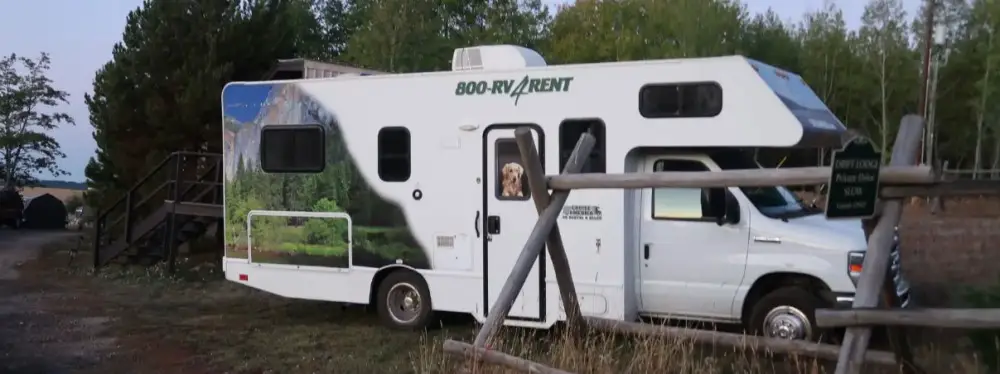
RV Maintenance Schedule Basics
Staying diligent with maintenance allows you to both prevent critical component failures and detect issues early before small problems become major repair bills. Setting reminders for key maintenance milestones is highly recommended.
Pre/Post Trip
Conduct walkaround inspections of the interior and exterior before/after each trip checking for damage, fluid leaks, odd noises, etc. Test all systems pre-trip so you identify problems at home, not on the road.
Monthly
Check all fluid levels, charge batteries, sanitize/winterize tanks as needed, wash exterior, and test smoke/CO detectors and LP gas alarm monthly as a minimum.
Every 3 Months/3,000 miles
Follow chassis maintenance guides for oil/filter changes, inspect hoses, belts, tires, filters every 3 months or 3,000 miles. Lubricate doors, hinges, seals, locks. Dump/flush black and grey tanks.
Every 6 Months/6,000 miles
Service the RV engine air filter, fuel filter, transmission fluid/filter, front axle grease, and check/adjust alignment. Inspect the roof, seals, windows, ladder.
Annually
Complete deep cleaning of the roof, undercarriage, storage bays, tanks, and soft goods. Scheduled annual maintenance appointments for generator, appliances, HVAC, electrical, plumbing, propane systems.
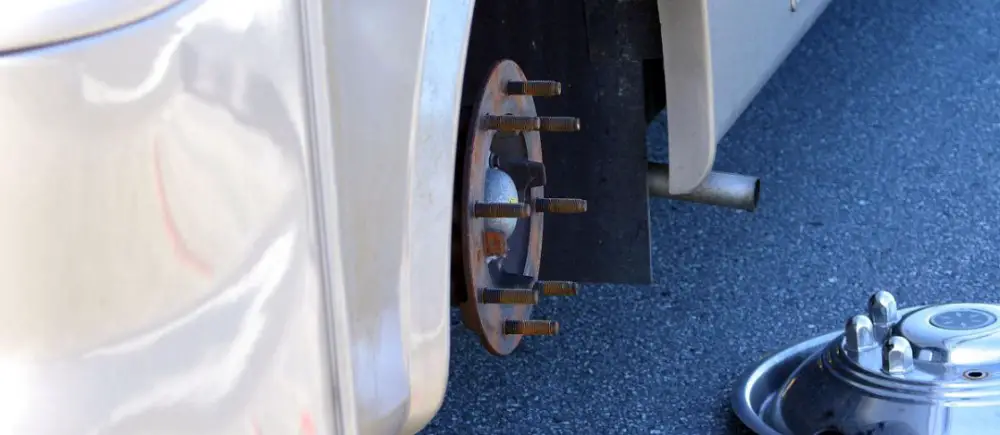
DIY vs Professional Service
Deciding between DIY maintenance and repairs or outsourcing to professional RV service centers comes down to your mechanical aptitude and budget comfort level. Both approaches have their merits.
DIY Maintenance
Performing basic maintenance yourself saves significant labor fees over RV technician rates of $75-$150 per hour. With proper tools and a DIY attitude, you can complete many routine tasks like:
- Oil, filter, battery changes
- Tire rotations
- Fluid, tank monitoring
- Generator/appliance testing
- Cleaning and sanitizing
Invest time into expanding your RV DIY knowledge. Join forums and watch tutorial videos to gain confidence handling repairs. Start with simple maintenance and graduate to more complex fixes to reduce your reliance on professionals.
Professional Maintenance
For major systems, complex repairs, inventorying issues before trips, or if lacking tools/ability, leverage professional mobile techs or service centers. Paying RV pros ensures:
- Access to advanced diagnostics equipment to isolate problems
- Correct repairs the first time using years of experience
- Comprehensive service records
Find a trusted local RV service center ahead of major issues. Having a go-to pro on call provides peace of mind knowing critical systems are serviced properly. Just prepare for the higher labor rates.
Hybrid Approach
The most budget-friendly middle ground is learning DIY maintenance to handle minor tasks yourself, while reserving professionals for heavy repairs. Schedule an annual pro maintenance inspection to identify areas needing repair for DIY or dealer service.
Doing what you can to keep things running well daily and fixing simple problems prevents little issues from escalating into major expenses at the shop. Pay pros to undertake repairs clearly exceeding your skillset.
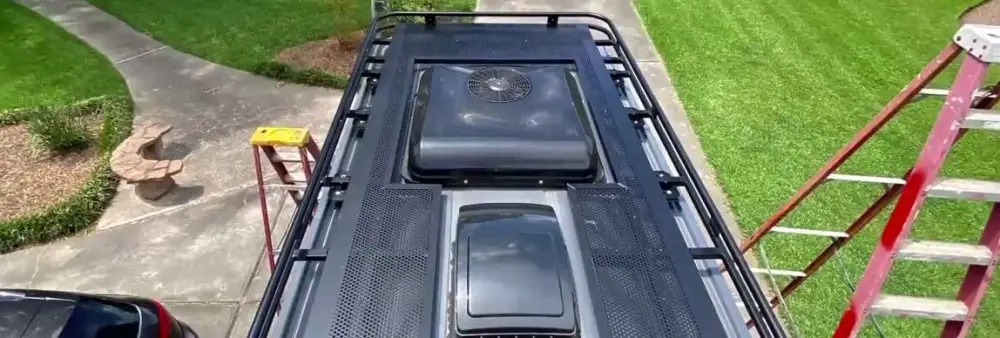
RV Roof Maintenance Essentials
The RV roof sees the most extreme weather exposure and material stresses. Don’t overlook this critical but often out-of-sight component. Timely roof maintenance saves serious leakage headaches.
Regular Inspections
Climb up to walk and closely examine the roof every 1-2 months or after major storms. Look for damaged rubber and seals, cracks/tears in the membrane, water pooling, stripped bolts, and clogged vents. Address any red flags immediately before smaller problems lead to leaks.
Proper Sealants
Use RV-specific sealants like Eternabond that resist temperature extremes, UV radiation, and flex with the roof material. Caulk cracks, gaps around fixtures, seams, and screw holes with quality sealant at least once annually as preventative protection. Proper sealing prevents water ingress.
Careful Roof Cleaning
Use RV roof cleaning solution with soft brushes/mops and low water pressure annually to remove damaging debris and buildup without harming roof material. Avoid harsh chemicals or scrubbing. Work carefully around fragile seals and fixtures. Thorough cleaning improves lifespan and leak prevention.
Waxing/Coating
Applying quality wax or protective roof coating every 6-12 months shields against UV damage, resists dirt accumulation, and allows water to sheet off the roof. This minimizes puddling that can infiltrate seals. Choose coating compatible with your RV roof material. Proper waxing discourages leaks.
Timely Repairs
When issues are detected, repair immediately before big problems arise. Resealing gaps, securing fixtures, patching membrane tears, replacing damaged sections and metal flashing repairs are common. For major damage, a new EPDM or TPO roof may be needed. Address problems early.
Critical Seasonal Maintenance
RVs require specialized seasonal maintenance for safe storage through extreme weather and to ready systems after long periods idle.
Winterizing
To store an RV through winter, fully winterize water and plumbing systems with RV antifreeze, empty holding tanks, disconnect batteries, cover tires, seal openings, turn furnace to low power mode. This prevents major freeze damage.
Storage
Use breathable covers, desiccant packets, vent cushions open, clean tanks/pipes, charge batteries monthly, inspect seals during storage. Maintaining RVs while idle minimalizes deterioration and spring commissioning work.
Pre-Trip Spring Check
Before first trip of spring, flush/sanitize systems, check fluids/tires/brakes, test appliances/electronics, inspect propane system, dewinterize and prep tanks, shower/sinks. Confirm all systems are go after cold idle months.
Summer Heat
In hot climates, monitor roof/seals closely for heat damage and cracking. Cover windows/vents when parked. Check AC during peak heat for proper function. Have abundant fresh coolant and cool tires when driving in heat.
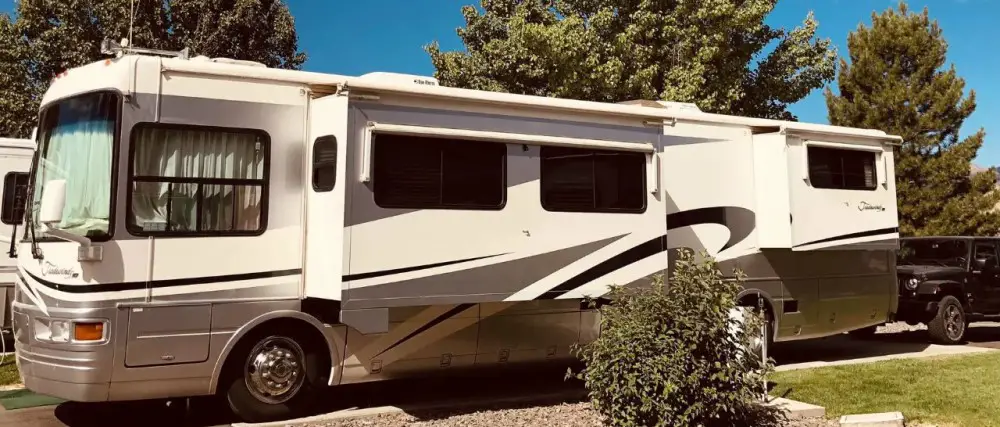
Common DIY Repairs & Solutions
These frequent minor or moderate issues can often be assessed and repaired yourself with minimal tools and RV repair knowledge:
Leaks
Trace source, thoroughly clean area, apply appropriate sealant generously around seams/fixtures/penetrations, inspect seals regularly in problem areas
Loose Fixtures
Remove old caulk, rebed/reseal base with RV sealant, let cure completely. For items pulling loose, add washers or extra screws into solid backing.
Tank Sensor Issues
Clean sensor probes with alcohol/abrasives, ensure wires unobstructed, replace sensors if cleaning fails. Avoid overfilling.
Furnace Cycling Problems
Clean/replace air filter, inspect exhaust vent for obstructions, test voltage to circuit board, clean flame sensor probe, replace thermocouple
Slide-Out Not Extending/Retracting
Check voltage at motor, inspect gears/tracks for debris or damage, test motor function, lube tracks and gear arms, verify uncontrolled movement when no power
Generator Won’t Start
Add fuel treatment, charge battery, check spark plug, inspect fuel valve position and line obstructions, connect battery charger, prime carburetor
Questions for RV Service Technicians
To make the most out of professional maintenance or repairs, come prepared with key questions:
- Are there any outstanding recalls or warranty-based issues you see that are still eligible to address?
- What upcoming maintenance items should be scheduled that I can start budgeting for?
- Do you recommend any improvements to my RV storage conditions to reduce deterioration?
- Are there certain DIY tasks you recommend I take on myself between professional services?
- What seasonal maintenance should I aim to perform in the coming weather months?
- Do you see any indicators of accelerated wear and tear or potential problems areas I should monitor closely?
- For repairs quoted, are there any techniques or temporary fixes I could utilize myself to extend the repair timeline affordably if needed?
- Can you provide training or resources so I can take a more active role in basic troubleshooting and preventative maintenance?
Gaining maintenance insights from experienced professionals allows you to make more informed decisions managing RV care, repair priorities and DIY project abilities. Use their expertise to your budget’s advantage.
RV Maintenance Costs
RV maintenance elicits many cost-related questions. Here are helpful answers to some of the most common:
General estimates for annual RV maintenance costs range from $1,500 – $3,500+ per year, excluding storage fees or major repairs. Newer RVs under warranty have lower first year costs. Units older than 10 years average higher yearly costs.
Major repairs like engine/transmission work, appliance/HVAC replacements, or bodywork repairs can be very costly, often $1,000+. Using reputable shops and technicians prevents getting overcharged. Sticking to maintenance schedules minimizes big repair bills.
Learn DIY inspection and basic repair skills, use competition among dealerships for best shop rates, clean/protect the RV after each trip, keep detailed maintenance logs, buy quality parts online vs dealer markup. Preventative care is cheapest.
Airstream, Grand Design, Winnebago, Tiffin and Newmar rank well for lower than average maintenance needs based on high build quality and materials, proven designs, and accessible systems. But any RV brand still requires diligent care.
Understanding typical maintenance and repair costs can prevent regrettable buys. Research RV reliability ratings, common issues, and parts costs on desired models. Buy the RV you can actually afford to maintain long-term.
Conclusion of How to Maintain an RV
At first glance RV maintenance may appear daunting to vehicle owners accustomed to simple oil changes and tire rotations. But with dedicated preventative care, willingness to learn proper DIY techniques, off-season storage vigilance, and leveraging professional services judiciously, RV maintenance is very manageable.
Newer RVs reward owners with low-effort upkeep thanks to robust construction and warranty coverage. Even aging RVs can run reliably for decades with consistent maintenance and diligent issue resolution as problems arise. Patience, budgeting, research and TLC keep RV maintenance on cruise control.
Frequently Asked Questions
How often should you wash an RV?
Wash the RV exterior at least monthly. Wash the roof 2-4 times per year. More frequent washing improves longevity of seals and surfaces.
Does RV insurance cover maintenance?
Standard RV insurance does not cover maintenance or repairs. Extended warranties and separate mechanical breakdown insurance can offset repair costs. Maintain service logs.
What are signs of a badly maintained RV?
Obvious signs include visible damage, leaks, worn components, neglected caulking, warning lights on, musty smells, and outdated inspection records.
How often should RV caulking be replaced?
Inspect caulk annually, replace any cracked or peeling caulk, and reseal joints/seams every 2-3 years as preventative maintenance against leaks.
What happens if RV slide outs are not maintained?
Unmaintained slideouts can suffer damaged seals, gears and motors leading to costly repairs. Keep slides clean, lubricated and adjust as needed.
Can I do roof repairs myself?
With proper supplies and care, small roof repairs like sealing tears or cracks and securing fixtures can be DIY. But experience is required to avoid leaks.
How do I clean my RV’s black water tank?
Flushing with a tank wand and using RV enzyme or disinfecting treatments helps keep tanks clean. Rinse thoroughly. Clean tanks every few months.
How often should RV appliances be maintained?
Inspect seals, burners, controls annually. Clean coils/filters per manual. Lubricate parts on refrigerators, slide mechanisms. Test LP detectors.
Should I hire a mobile RV technician?
For major issues, complex repairs, or lacking tools/ability, mobile techs provide convenience. But rates are still high. Do your DIY maintenance diligence first.
What are the consequences of deferred RV maintenance?
Putting off maintenance leads to accelerated breakdown of parts, serious mechanical issues, and exponentially higher repair bills down the road. Stay vigilant.


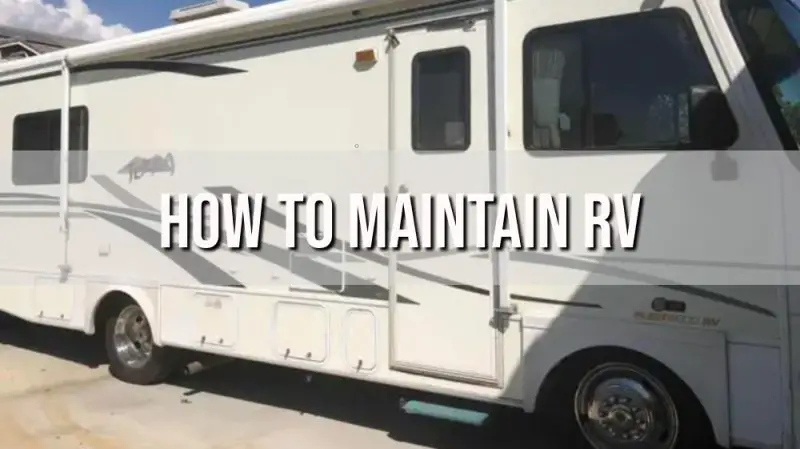

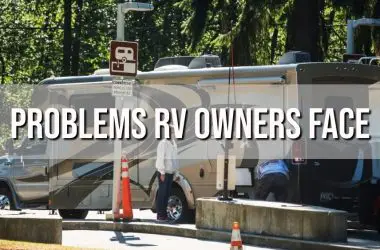
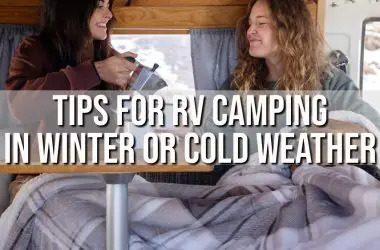
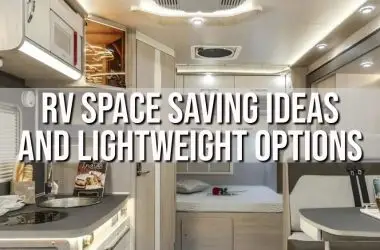
Maintenance is an inevitable thing. Every RV need maintenance and every RV owner shouldn’t neglect it. Thanks for discussing the value of RV maintenance. My friend recommender Roof Magic; this product is just wow. It protects the RV roof from severe weather conditions as it has excellent weather resistant properties (can withstand ponding water 365 days a year and have high tensile strength so can contract and relax in extreme temperature fluctuations) along with giving an aesthetically pleasing, new look for a fraction of the cost.